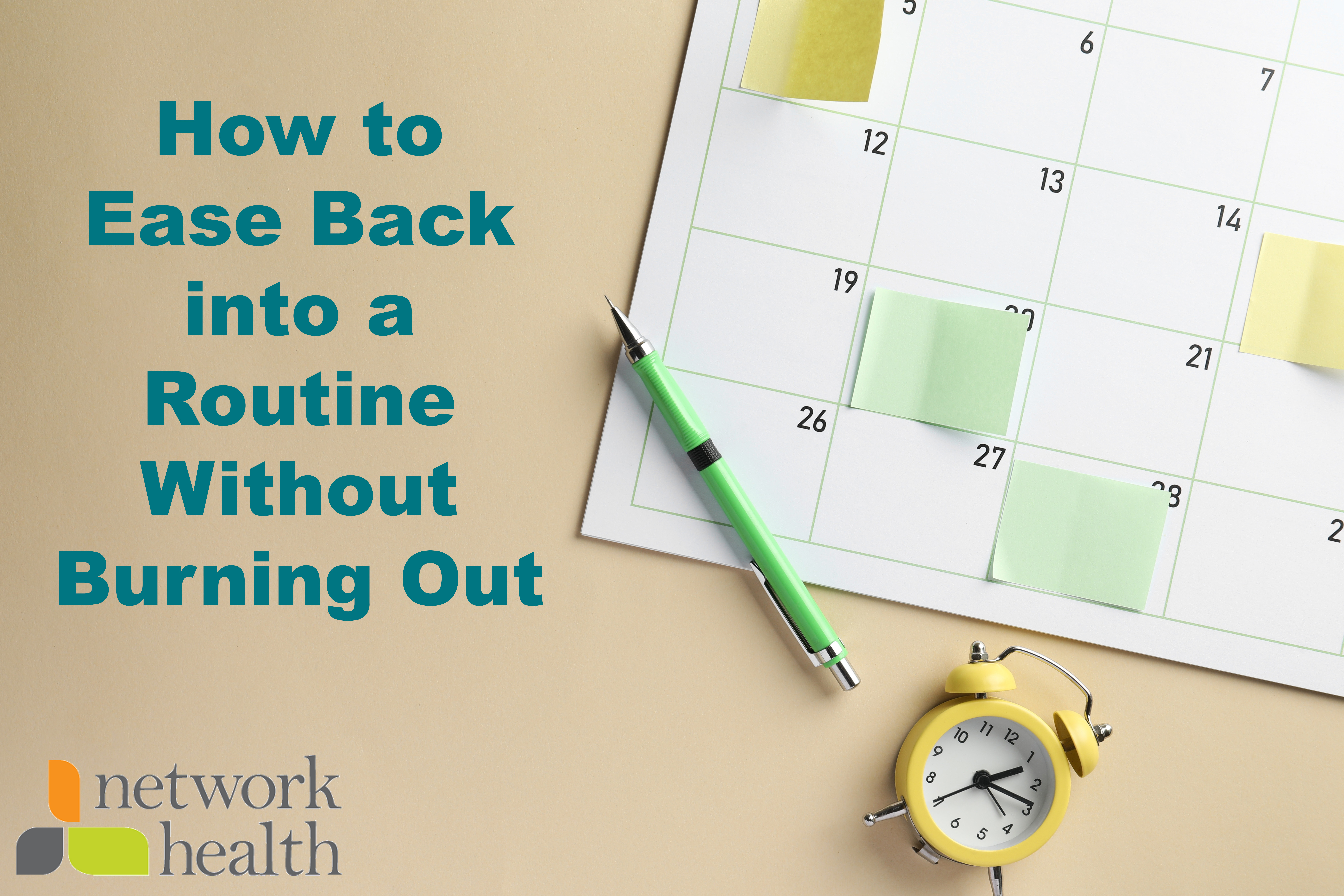Opioids risks, alternatives and proper use
Medically reviewed and updated by Beth Coopman, pharmacist at Network Health
Updated on 11/13/2023
Opioids are a class of drugs that includes pain relievers available legally by prescription, such as oxycodone (OxyContin®), hydrocodone/acetaminophen (Vicodin®), codeine and morphine. The most common illegal opioid is heroin. The prevalence of opioid abuse in the U.S. has reached epidemic levels and it has been declared a public health emergency. We see horrible consequences of opioid abuse in media stories, and perhaps through the struggles of friends or family members, or even personal experience. But what options do we have to treat pain and stay safe at the same time?
Opioid risks and dangers
In July 2023, the Lancet medical journal published a small study that found opioids were no more effective than placebo or sugar pills for acute low back pain and neck pain. The study participants receiving an opioid reported more side effects, like constipation, as well. It is recommended that patients and providers discuss benefits versus risk when starting an opioid prescription.
For some, dependency on an opioid can start within the first few days of taking the drug. In 2017, the Centers for Disease Control and Prevention (CDC) reported study findings that people who take an opioid for one day have a 6 percent risk of being on an opioid one year later. The risk increases to 13.5 percent if the opioid is taken for 8 or more days and 29.9 percent if the drug is taken more than 31 days.
Opioid use is also very risky. The CDC recorded over 110,000 opioid drug overdose deaths in the United States in 2023, over 75 percent involving at least one opioid. Opioid overdose deaths affect all ages, races and social statuses. Thus, many experts say that opioid use should be reserved for severe pain, unresolved by other pain treatments.
Pain management alternatives to opioid medications
The first step in effective pain management is to talk to your doctor openly and honestly about your pain. Discussing your pain can help your doctor identify underlying causes and might reveal other related conditions, like depression and anxiety, that if treated can improve pain management.
For long-term pain, many people benefit from pain management counseling, meditation, weight loss, physical therapy, chiropractic care, acupuncture, heating or icing painful areas and exercising, such as Tai Chi or Yoga.
Cognitive behavioral therapy (CBT) is an option that helps patients identify and develop coping skills to change negative thoughts and behaviors to improve pain, anxiety and depression. Biofeedback is another alternative where you learn to be more in tune with what’s going on within your body, with the goal of gaining more control of your health. Always check with your doctor before starting a new therapy or medication.
OTC pain medications
Some people use over-the-counter (OTC) medications to treat pain.
Here are some OTC examples.
- Acetaminophen (Tylenol)
- Nonsteroidal Anti-Inflammatory Drugs: Ibuprofen (Motrin, Advil) or Naproxen (Aleve)
- Topical agents; Lidocaine 4% Cream or patch, Capsaicin, Ben-Gay, Icy Hot or Benzocaine
Tumeric, Curcumin and CBD oil are alternative OTC medications. However, there is a lack of scientific evidence proving effectiveness at this time.
Non-opioid prescription pain medication
Some non-opioid prescriptions treat pain and may have a secondary mental health benefits. Duloxetine (Cymbalta) use for pain and depression is an example. Here are some non-opioid prescription examples.
- Neuromodulating agents: Gabapentin or Pregabalin (Lyrica)
- Tricyclic Antidepressants: Amitriptyline or Nortriptyline
- Serotonin/Norepinephrine Reuptake Inhibitors: Duloxetine
- Topical agents: Diclofenac 1% Gel (Voltaren), Diclofenac 1.3% Patch (Flector) or Lidocaine 5% Ointment
- Nonsteroidal Anti-Inflammatory Drugs: Celecoxib (Celebrex), Meloxicam (Mobic), Diclofenac (Voltaren) or Piroxicam (Feldene)
How Do You Safely Take an Opioid Prescription?
For a few people, opioids will remain the most effective pain medication. Those who must take opioid medications should follow these safety tips.
- Use the lowest effective dose for the shortest period possible.
- Be realistic about the expectations with treating pain and know that even opioid medications won’t completely eliminate your pain.
- See a specially trained pain provider or develop a relationship with a single provider who is the only one prescribing your pain medications.
- Avoid alcohol or sedating medications (examples: alprazolam, diazepam, sleeping medications like zolpidem and muscle relaxants like cyclobenzaprine) when on opioids.
- Do not drive while taking opioids.
- Store opioids in a locked location so others do not have access to them.
- Only tell people who truly need to know that you are on opioid, such as caregivers and your providers.
- Have Narcan available to reverse the symptoms of an opioid overdose and ensure someone close to you is trained to identify signs of an overdose and administer Narcan.
- Dispose of expired, unwanted and unused opioids as soon as possible at pharmacy drop boxes, pharmacy “take back” programs or other mail back programs. You can check for drop box locations near you at the following link.
https://www.dhs.wisconsin.gov/opioids/permanent-drug-drop-boxes.htm - Periodically, work with your provider to see if your needs have changed and potentially lower the dose of the opioid you’re taking.
For additional resources
Call the Network Health phone number on back of your member ID card to speak with a Network Health pharmacist or care manager.
Aging and Disability Resource Center (ADRC) or 1-866-739-2372




